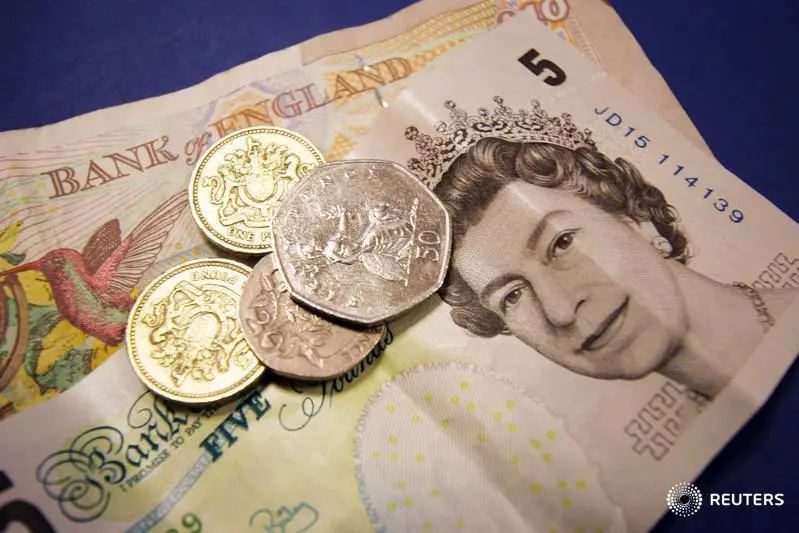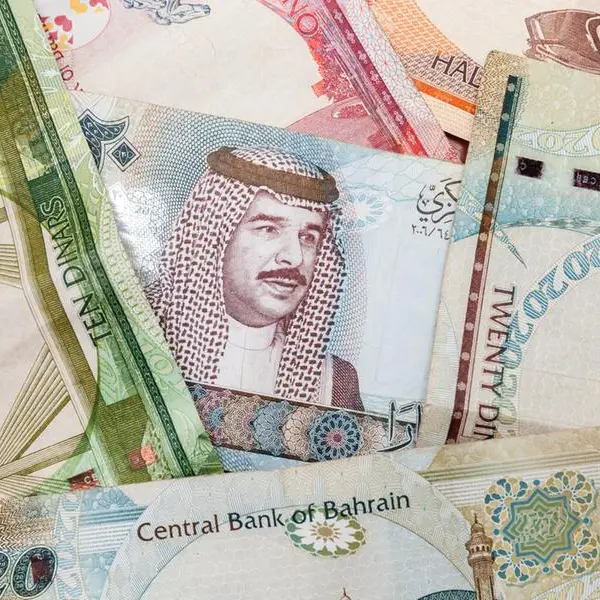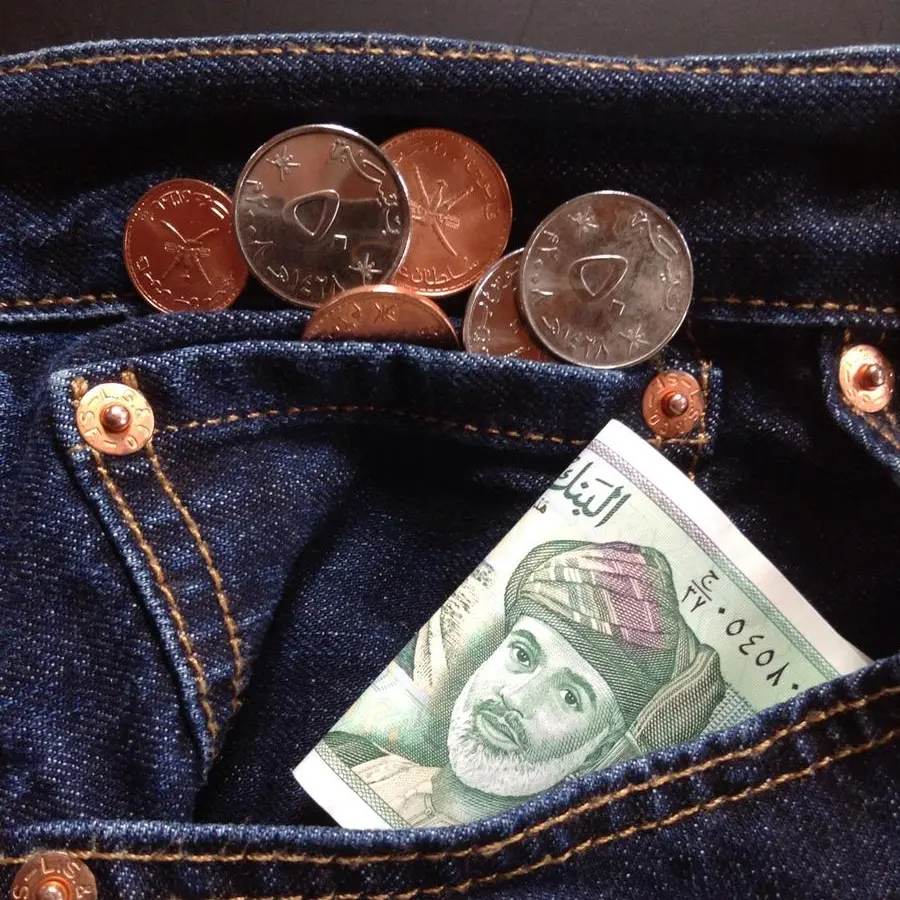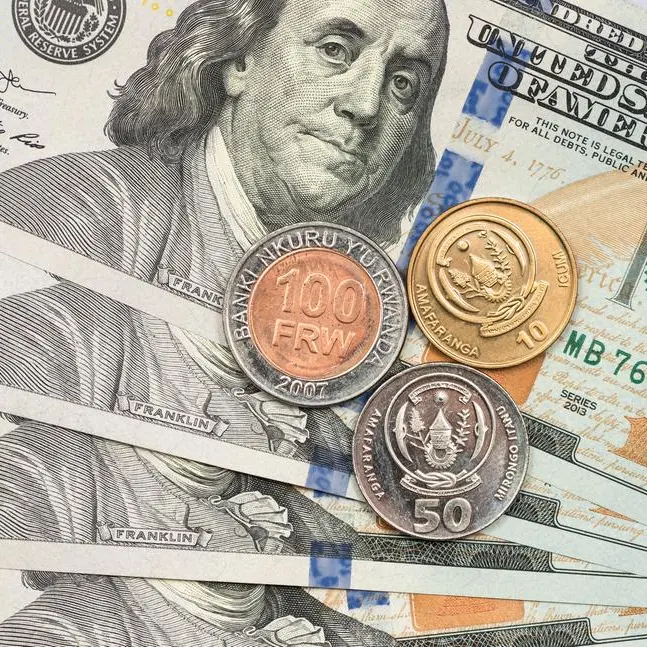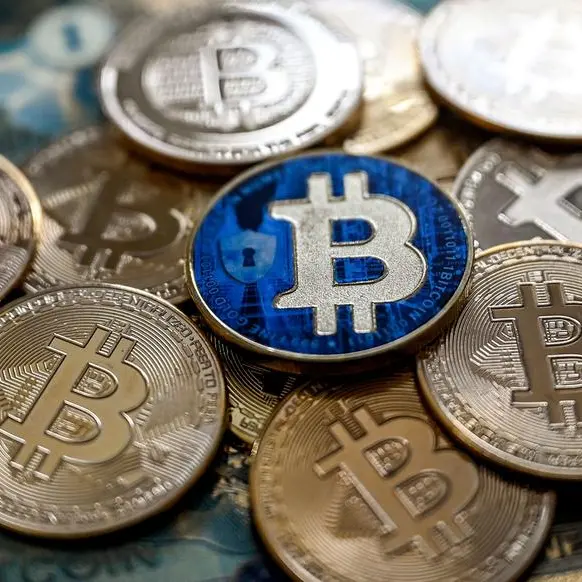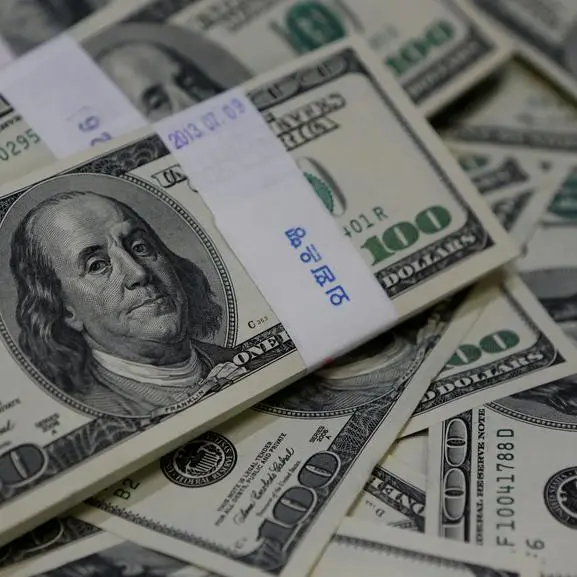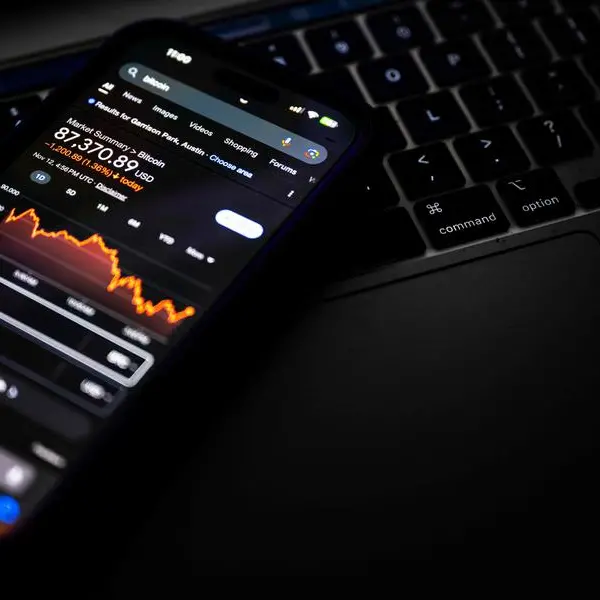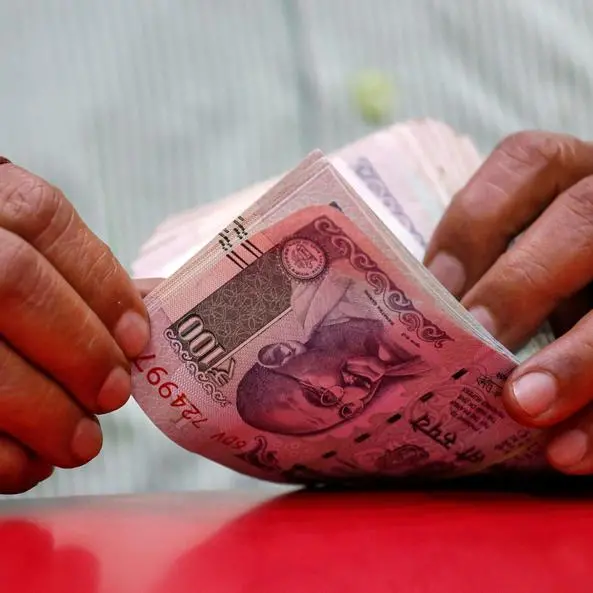PHOTO
Sterling climbed against the dollar on Thursday after data showed British borrowers increased demand for loans and business service were more resilient than feared in Britain, while the euro rose after inflation prints in France and other European countries.
Sterling rose after net borrowing data showed British borrowers increased demand for loans, in a sign that households are mostly coping with high interest rates. Net borrowing by British consumers was the highest in nearly seven years in November.
A separate Business survey, UK Services Purchasing Managers' Index (PM), showed Britain's services firms grew more strongly in December than initially thought and optimism hit a seven-month high.
"UK mortgage approvals and lending data are better than expected suggesting that the market could be in danger of repeating the mistake of a year ago in pricing in too much pessimism," said Jane Foley, Head of FX Strategy at Rabobank.
"The firmer data also pushes back on hopes for early and aggressive BoE rate cuts in 2024."
Traders expect around 140 basis points of rate cuts in 2024, according to money market pricing, not far off the roughly 150 expected from the Fed and the European Central Bank, but they are split on the timing of the first BoE cut.
Rabobank expects the BoE to keep rates on hold until the second half of the year.
Sterling was last up 0.24% against the dollar at $1.2692. It rose as much as 0.5% to $1.2728 after the data release, having fallen 0.87% on Tuesday to a three-week low, in its biggest one-day drop since mid-October.
The euro also bounced back as markets expect a rebound in headline inflation in the euro zone in the December print due on Friday, which could support European Central Bank (ECB) higher for longer rates.
French consumer prices rose in December in line with expectations, preliminary data from the national statistics body showed on Thursday, due to an increase in energy and services prices over the year. In Germany, CPI inflation rose to 3.7% in December, as expected, from 3.2% a month earlier.
The euro rose 0.26% to $1.0951, having fallen to a more than two-week low on Wednesday.
"There are some risks that a higher headline print will prompt some repricing of the highly dovish ECB rate expectations," Francesco Pesole, FX strategist at ING said in a note to clients.
DOLLAR SLIDES
Against a basket of currencies, the dollar fell 0.07% to 102.33, after hitting a three-week peak of 102.73 on Wednesday, with minutes of the Federal Reserve's last meeting providing few clues on when the United States might start cutting interest rates.
Minutes of the December policy meeting released on Wednesday showed no clear-cut clues on when the Fed could begin easing rates, with policymakers still seeing a need for rates to stay restrictive for some time.
Recent data pointing to a cooling U.S. economy has continued to underpin bets of Fed rate cuts this year as inflation comes under control, though traders remain divided over the pace and scale of easing from the central bank.
Market pricing now shows a roughly 64% chance that the Fed could begin cutting rates in March, compared with an 87% chance a week ago, according to the CME FedWatch tool.
Elsewhere, the greenback pushed to an over two-week high against the yen, with Japan back from an extended New Year break. The dollar rose 0.62% against the yen to 144.19.
(Reporting by Joice Alves in London, additional reporting by Rae Wee in Singapore; Editing by Mark Potter and Angus MacSwan)
